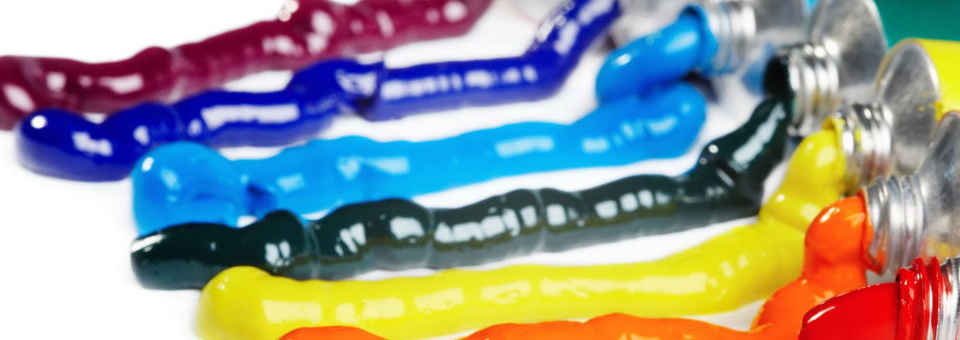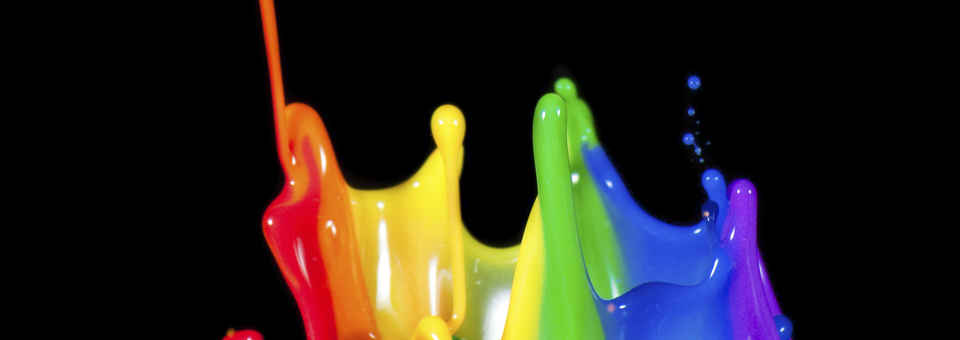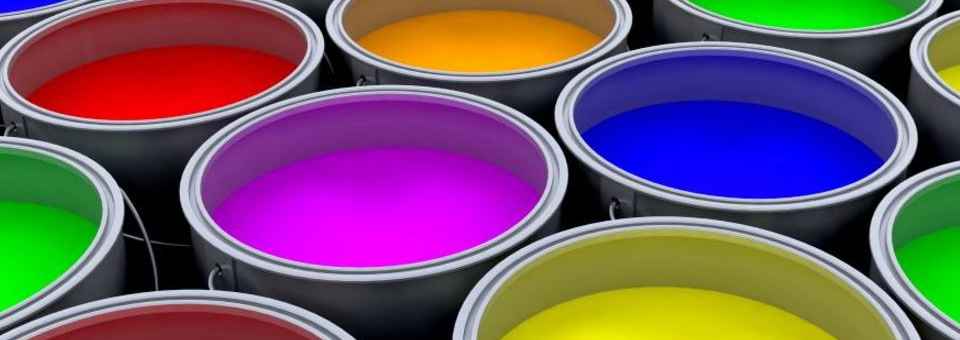Making chalkboard paint is an easy and fun process. The results will be outstanding and children will have the time of their lives with it. To learn how to do this, simply type in “how to make chalkboard paint” in Google and pick the best result.
"A Beautiful Mess" website gives easy step by step instructions on how to make chalkboard paint. The supplies needed for this project are: 1 tablespoon of unsanded grout, some plastic spoons, a plastic cup to mix the materials in, ½ cup of acrylic paint (this can be found at any craft store or the craft section of department stores), a paint brush of any size, and a surface to paint, which should be covered up with newspapers. The area should be well ventilated, as the finished product may be strong.
First, measure out the acrylic paint and the grout. Chalk is made out of powdered grout. Then mix the grout and the paint together. Make sure the finished product is smooth with no lumps. Only mix what is needed for the time being because the paint will begin to harden as it’s mixed. Then begin to paint the surface chosen for the paint. The surface can be anything from a piece of plastic to a smooth piece of wood. That’s pretty much it for creating a chalkboard paint surface. Regular chalk can now be used on it without a problem.
[ad]
"Life Hack" gives more in-depth instructions of how to make chalkboard paint. Instead of acrylic paint, they suggest using latex paint. The other materials they suggest are non-sanded powdered grout, a mixing cup, a sponge paintbrush or roller, and a paint stirrer.
First, mix the latex paint and the grout in a bucket. For larger amounts, use a power drill in a five gallon bucket. Make sure no lumps remain after mixing. Next, get a surface ready. Make sure there are no dirt particles, as this can affect the paint from sticking to the surface properly. Paint the surface using the grout mixture evenly, using at least two coats. Wait for the first coat to completely dry before applying the second coat. Allow the paint to dry, then use it as a regular chalkboard.




